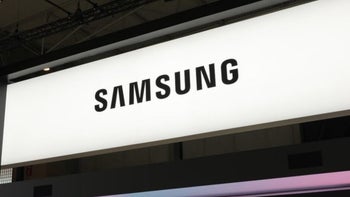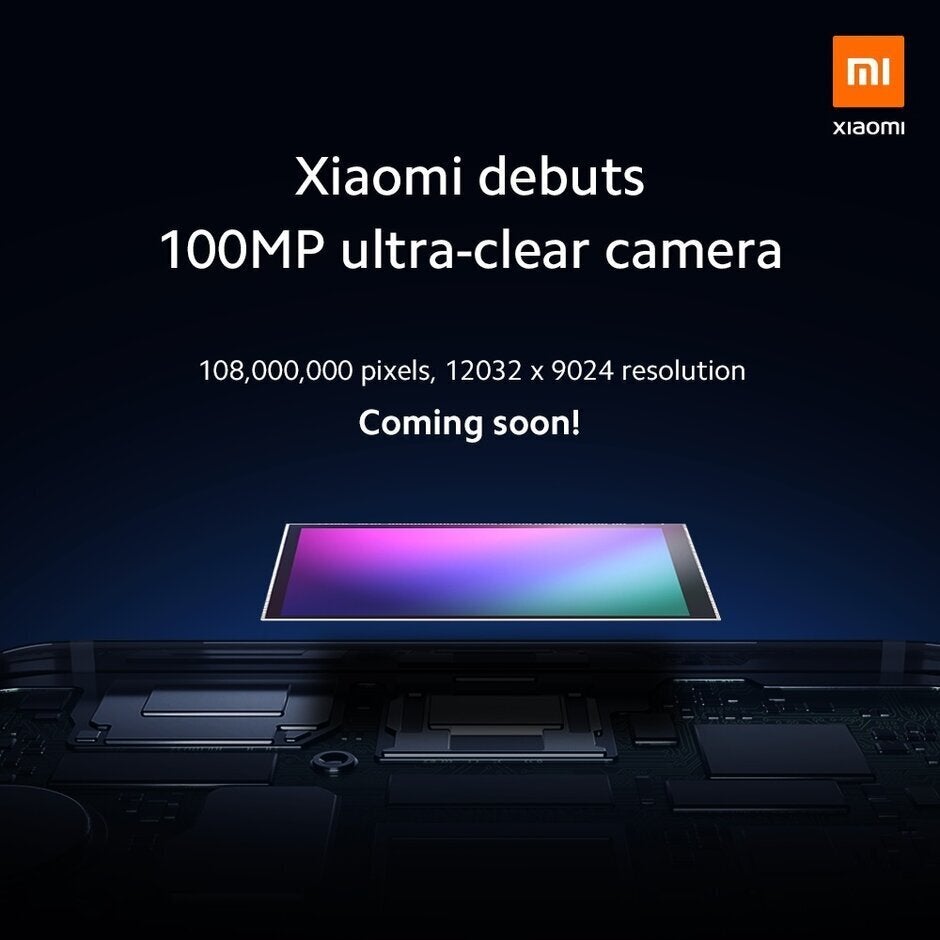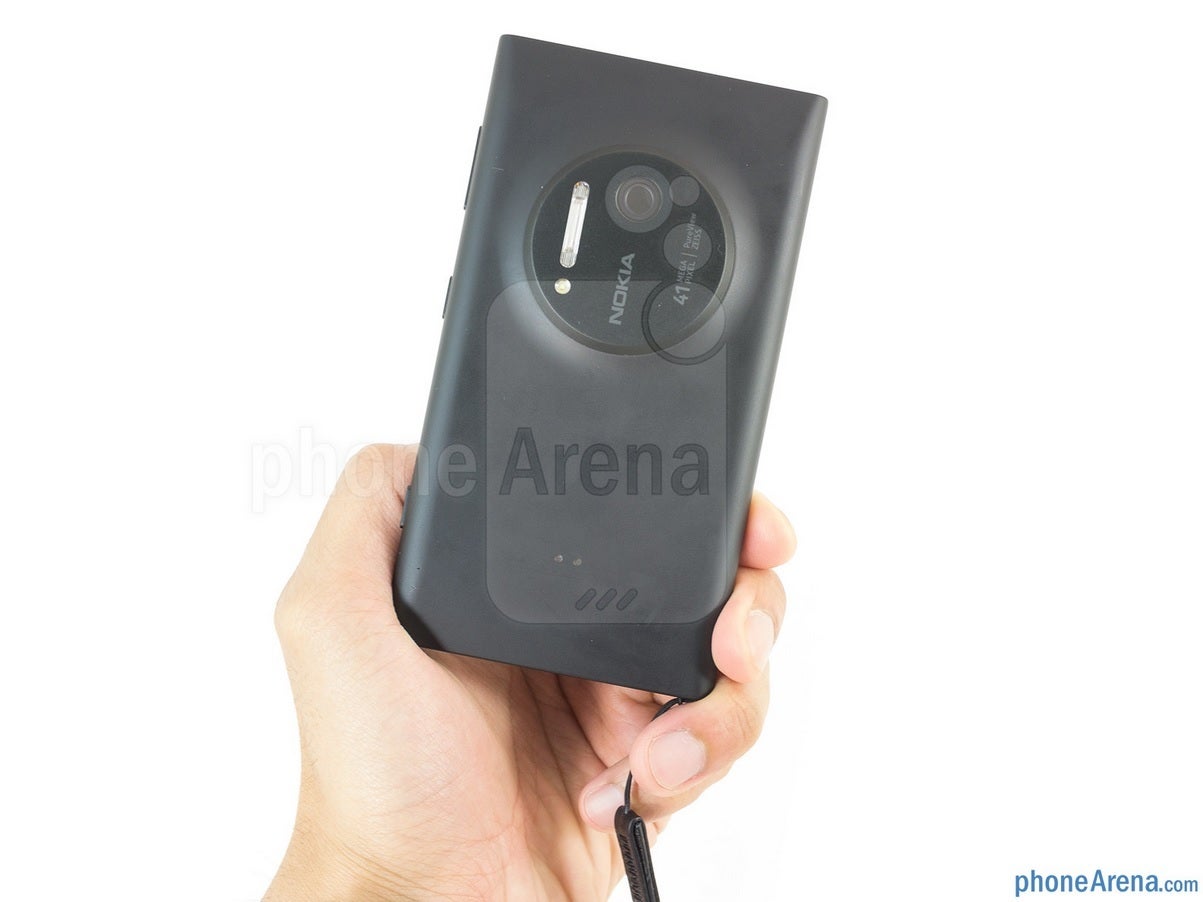Samsung confirms that it and Xiaomi have created a 108MP image sensor

Last week, Xiaomi announced that it had partnered with Samsung to develop the first image sensor to hit the triple-digit mark in megapixels. And today, Samsung merely repeated the news, but from its vantage point. The 108MP ISOCELL Bright HMX sensor is introduced by Samsung a little more than three months after the manufacturer announced its 64MP sensor. Samsung acknowledges that the new component is the result of a close collaboration between itself and Xiaomi. Mass production of the sensor will begin later this month. Resolution of the sensor is 12032 x 9024.
Because the 108MP sensor is the first mobile image sensor measuring a large 1/1.33-inch size, it produces what Sammy calls "exceptional" photographs under low-light conditions. When it comes to imaging sensors, size matters; the larger the sensor, the more light that can pass through it. Also helping to improve photos taken in less than optimal lighting environments is Sammy's Tetracell technology that merges four pixels into one to deliver 27MP photos when lighting is low.
Samsung's image sensor also adjusts the ISO settings automatically based on ambient lighting
"For ISOCELL Bright HMX, Xiaomi and Samsung have worked closely together from the early conceptual stage to production that has resulted in a groundbreaking 108Mp image sensor. We are very pleased that picture resolutions previously available only in a few top-tier DSLR cameras can now be designed into smartphones. As we continue our partnership, we anticipate bringing not only new mobile camera experiences but also a platform through which our users can create unique content."-Lin Bin, co-founder, president, Xiaomi.
"Samsung is continuously pushing for innovations in pixel and logic technologies to engineer our ISOCELL image sensors to capture the world as close to how our eyes perceive them. Through close collaboration with Xiaomi, ISOCELL Bright HMX is the first mobile image sensor to pack over 100 million pixels and delivers unparalleled color reproduction and stunning detail with advanced Tetracell and ISOCELL Plus technology."-Yongin Park, executive vice president of sensor business, Samsung Electronics
"Samsung is continuously pushing for innovations in pixel and logic technologies to engineer our ISOCELL image sensors to capture the world as close to how our eyes perceive them. Through close collaboration with Xiaomi, ISOCELL Bright HMX is the first mobile image sensor to pack over 100 million pixels and delivers unparalleled color reproduction and stunning detail with advanced Tetracell and ISOCELL Plus technology."-Yongin Park, executive vice president of sensor business, Samsung Electronics
The 108MP ISOCELL Bright HMX sensor also uses a technology called Smart-ISO that lowers the ISO in bright light to improve pixel saturation in order to create vivid photographs. In dark conditions, the ISO is automatically raised in order to reduce noise allowing for clearer images. The ISO setting measures the sensitivity of the image sensor to light. Traditionally, the higher the setting, the more sensitive the sensor is to light. That means a higher ISO could result in better photos under low-light conditions; however, the price you pay for this is a grainy photo. Samsung looks to avoid this by trying to optimize the signal-to-noise ratio on pictures snapped in low-light. The sensor also supports video recording in resolutions up to 6K (6016 x 3384) at 30fps.

Xiaomi announced last week that the 108MP image sensor will be found on one of its upcoming phones
The Xiaomi Redmi Note 7 was the first phone to feature a 48MP camera sensor. And the first to employ Samsung's 64MP sensor is expected to be a Realme model to be unveiled later this month. Xiaomi's first phone to sport Samsung's 64MP sensor will be announced during the fourth quarter. These both are brands not found in the U.S.
The megapixel war has started up again, apparently. Back in 2013, the Nokia Lumia 1020 was equipped with a 41MP camera, but that was the peak for years until Sony announced its 48MP sensor in July 2018. And here we are 13 months later, staring at the first image sensor in triple-digit territory. And while we might not see Samsung use its 64MP or 108MP sensors on any upcoming flagship phone, it could employ them on the mid-range Galaxy A line. For example, while the Galaxy Note 10 series features 12MP primary cameras, the Galaxy A80 is equipped with a 48MP primary camera in the back.

The 41MP camera on the back of 2013's Nokia Lumia 1020
While a future Galaxy A model could include Samsung's 64MP image sensor, the 108MP appears to be exclusive to Xiaomi, at least for the time being.










Things that are NOT allowed: